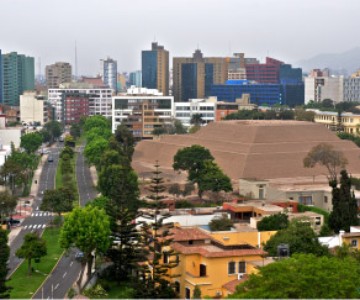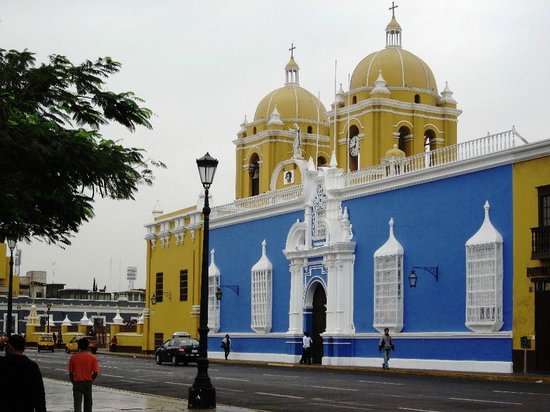Lima, Lineas de Nazca, Paracas, Chiclayo, Trujillo, Arequipa, Puno, Cusco, Valle Sagrado
20 Days / 19 Nights - Per person on a double basis - Code PCO016
Review Tour:
In the city of Lima, the capital of Peru, the present is blended with history and tradition to show us its many attractions and cultural heritage. Founded in 1535 by the Spanish conquistadors as the City of Kings, it became the most important city in South America during the colonial era. The capital of Peru today houses a plethora of both architectural and archaeological monuments, which for their beauty and preservation have won the title of Cultural Heritage of Humanity from UNESCO. Whether by day or night, it is worth the trouble to see it all for the contrast of its landscapes and its various attractions.
Arriving to Ica, one finds a true agricultural oasis in the desert, the city is now one of the major wine producers in the country and the birthplace of pisco, Peru’s alcoholic beverage par excellence. Located between the desert regions of Paracas and Nazca, it can be used as a home base for trips to both cities. The main attraction of the region is, without a doubt, the enigmatic lines drawn on its plains, with zoomorphic, anthropomorphic and geometric figures up to 300 meters in length. A variety of theories have been woven on the origin of the Nazca Lines, causing fascination and interest among archaeologists, historians and researchers such as the German citizen, Maria Reiche, who devoted her life to studying them. The first drawings and measurements of the figures are the result of her work. Today, they are known the world over.
Located on the northern coast of the country, the city of Trujillo was the center of power of the Mochica and Chimú cultures. Its historical center is full of buildings from the colonial era, whose most distinctive feature is the trellis-style iron grillwork. It is a city with one of the strongest traditions of rearing Peruvian paso horses, and is a short distance away from Chan Chan, the world's largest pre-Hispanic city made of mud. In the north, Chiclayo offers a trip to the history, cuisine and natural landscapes of Peru. In recent years, the most important archaeological monuments - belonging to the Mochica, Lambayeque, Chimu and Sicán cultures - have been found in this northern city.
Arequipa is a land of volcanoes and the deepest canyons in the world, Colca and Cotahuasi. Its impressive landscape coexists perfectly with the city's growth. Its businesses have made it the country's second leading economy, emphasizing mainly the production of textiles made of wool and South American cameloids. Its cuisine, renowned throughout the country, is without doubt rich in products and in flavors, the White City is clearly one of the best exponents of Peruvian cuisine.
Whether enjoying a tour of the city or its natural attractions, such as the Colca Canyon and the Misti volcano, Arequipa opens its doors and invites us to seek adventure.
Rich in pre-Inca, Inca and colonial archaeological remains, Puno is also regarded as the folklore capital of Peru because of the variety and beauty of its dances representing the mixture of the Quechua, Aymara and Hispanic peoples that can be seen in all their splendor during the celebrations of the Virgin of Candelaria.
Today, the population of Puno lives amidst traditions and customs that have been maintained over the centuries, allowing us to share the legacy of their ancestors that still lives among them. Whether visiting Lake Titicaca or celebrating at one of its festivities with typical dances, Puno is an unforgettable destination during your trip to Peru.
History, magic and fun mix in the city of Cuzco, sometimes writtIn Cusco or Qosqo, the capital of the Inca Empire of Tahuantinsuyo, known at the time as the "Navel of the World." Its founding by the Spanish dates back to 1534, and today, it is considered the archeological capital of America and a Cultural Heritage of Humanity. Without a doubt, it is the most important tourist destination in Peru and, possibly, in South America, as is the majestic citadel of Machu Picchu.
The city of Puerto Maldonado is small and one of the least populated of all Peru. Today, the department is considered the world capital of biodiversity. Its national parks and reserves, such as Manu and Tambopata - Candamo, were created by the government to preserve its ecological richness. Now, it is possible to enjoy all the ecological attractions offered by this natural refuge of the world’s biodiversity in one of the many hotels that have been established on the banks of rivers and lakes of the Amazon basin that let us see the landscape and the variety of species of plants and animals in their natural habitat. In Puerto Maldonado, you can live an adventure every day
About the Tour
Accommodation
Excursions
Transfer
Air ticket
Travel insurance
Tips
Departures: Not specified
Tour duration 20 Days / 19 Nights
Weather:Subtropical wet.
Activities: Archaeology, Ecotourism, Observation of flora and fauna, Culinary Tourism, Family tourism,
Attractions: Lima, Cusco, Arequipa, Puno, Trujillo, Paracas, Chiclayo, Valle Sagrado de los incas,
Places you will know:
-
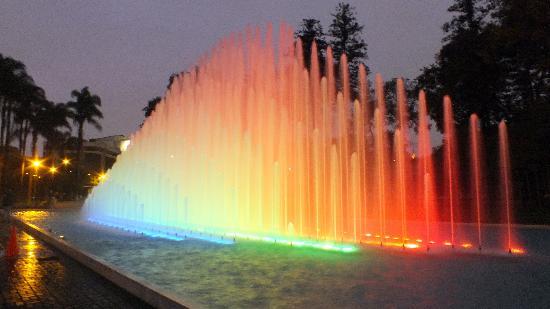
Lima
It is the capital of Perú and its biggest city. It is located on the coasts of the Pacific...
Get to know the place -
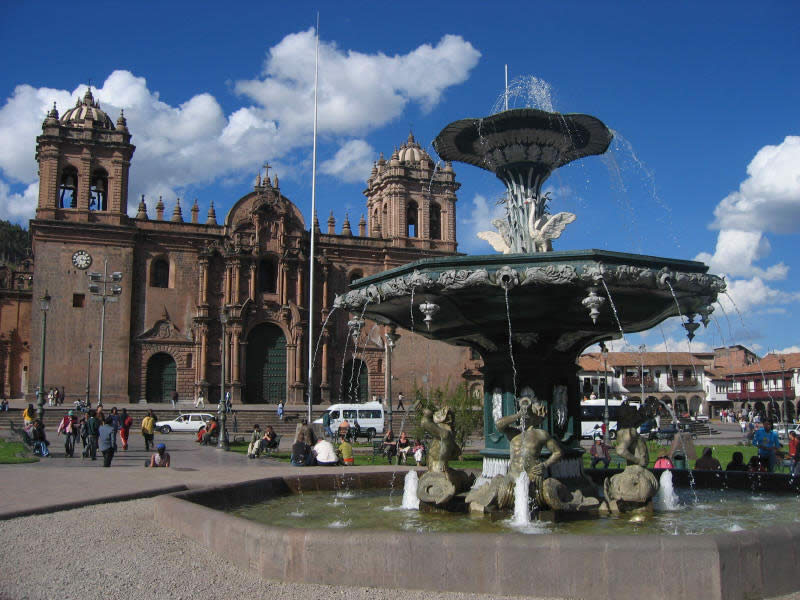
Cusco
Get to know the place -
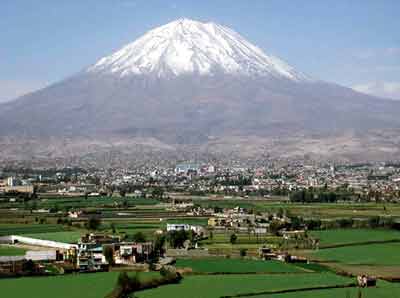
Arequipa
It is the second biggest city of Perú according to its population. It possesses an importa...
Get to know the place -
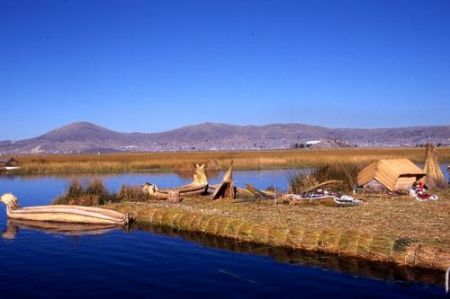
Puno
It is the "Peru’s folkloric capital". It is a city with big archeological remains...
Get to know the place -
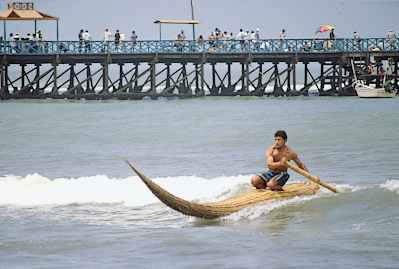
Trujillo
This beautiful city has resorts, cultural heritage, archeological remains, and an excellent touri...
Get to know the place -

Paracas
It is a beautiful resort with form of a bay and a natural reserve for the migratory birds, the Re...
Get to know the place -

Chiclayo
The "city of the friendship". It is in Lambayeque's department and possesses differ...
Get to know the place -
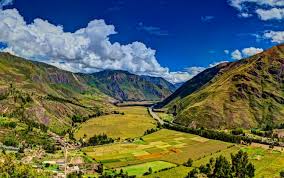
Valle Sagrado de los incas
The Valle Sagrado is a sector of the Peruvian Andes where there are ...
Get to know the place
